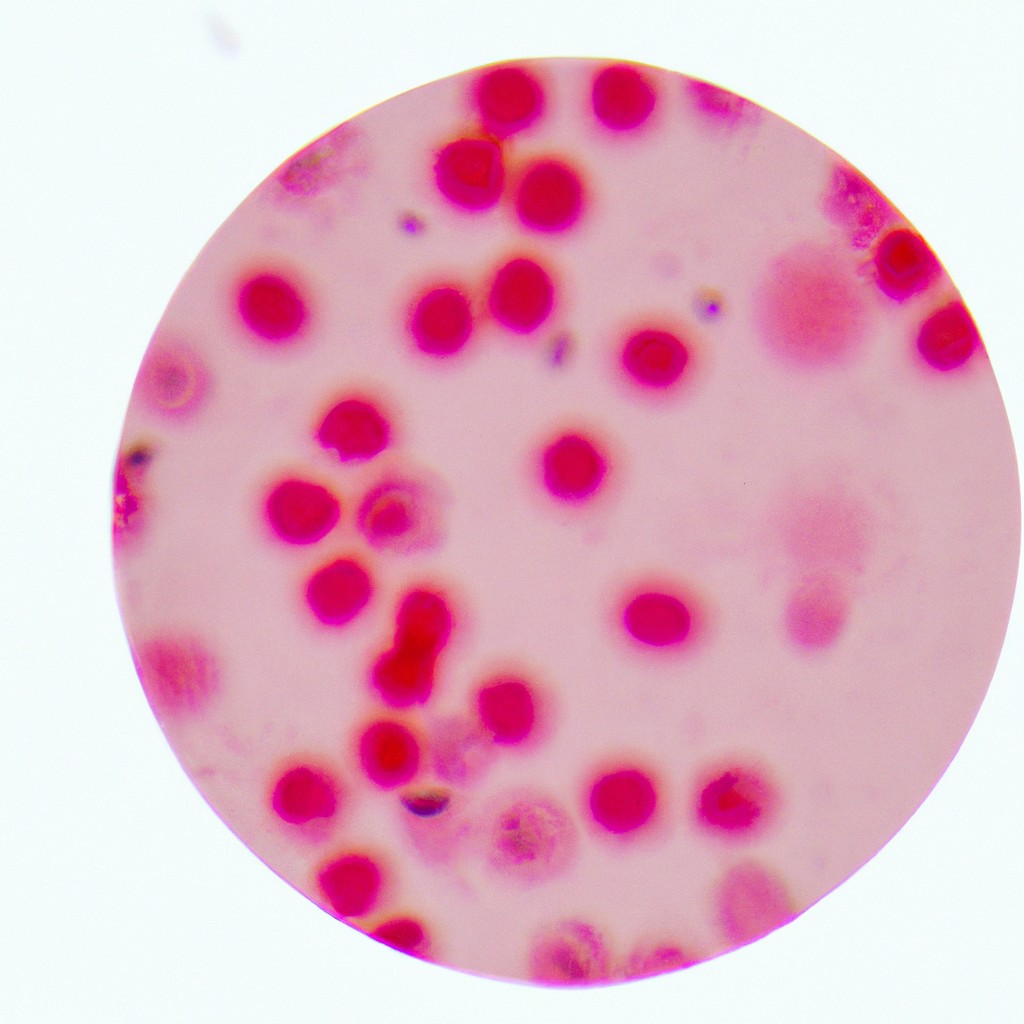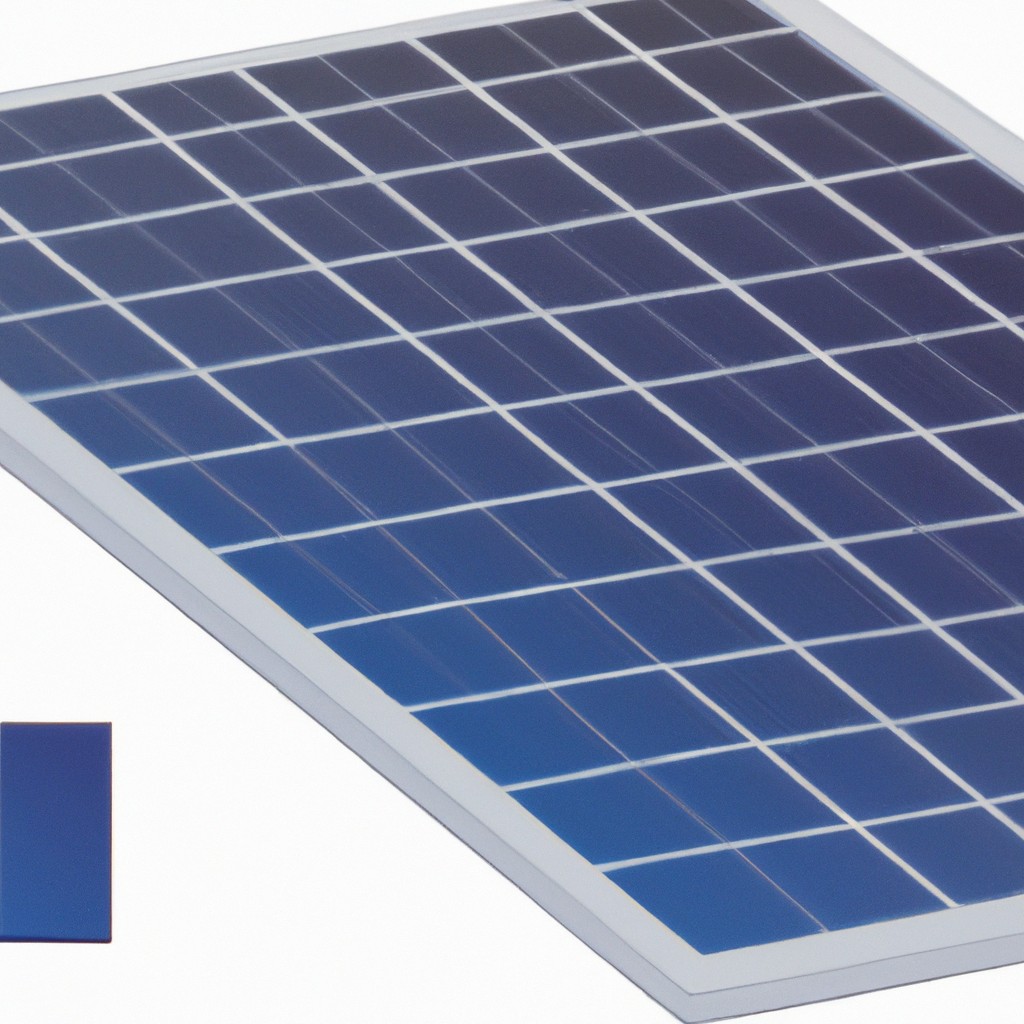This article provides a clear understanding of what solar nails are and how they differ from other artificial nail options.
Key takeaways:
- Solar nails are a type of acrylic nail.
- They offer a glossy finish and resist yellowing.
- Solar nails can be refilled every three weeks.
- They are more durable and less likely to chip or crack.
- Nail health and hygiene should be prioritized for long-term care.
Definition of Solar Nails

Solar nails refer to a type of artificial nail made from a refined version of acrylic powder and liquid. Contrary to common misconceptions, they are not a distinct category of nail enhancements but rather a brand name for a particular line of acrylic products designed to mimic the appearance and strength of natural nails.
Applied directly onto the nail bed or over a plastic tip, they provide a pink base with a white tip, commonly known as a “French manicure.” The term “solar” is a misnomer as it implies a relationship with solar energy, which is not the case; the name is purely a brand designation.
Solar nails are favored for their glossy finish and are replenished every three weeks instead of being entirely replaced, making maintenance simpler.
Benefits of Solar Nails
Solar nails offer several advantages for those seeking a durable and glossy manicure option. Firstly, they resist yellowing better than traditional acrylics, maintaining their color when exposed to UV rays. This makes them ideal for frequent sun exposure.
Secondly, they can be refilled every three weeks rather than fully replaced, saving both time and money. Thirdly, these nails provide a more natural look with a variety of color and design options to match personal style preferences. Additionally, they are less likely to chip or crack, ensuring a longer-lasting manicure with minimal maintenance.
Last but not least, their reinforced strength provides extra protection for natural nails, reducing the risk of breakage.
Durability of Solar Nails
Solar nails are prized for their resilience. They maintain their luster and resist chipping much better than traditional polish options. With a lifespan of about three weeks before requiring a fill, they outperform many alternatives.
The sturdy nature of the acrylic used in solar nails also helps protect natural nails from breaks and damage, an advantage for active individuals or those with brittle nail concerns. Frequent exposure to water and household chemicals often degrade manicures, but solar nails withstand such elements more effectively, retaining their high gloss finish over time.
Regular maintenance, however, is still necessary to keep the nails at their best and to prevent lifting of the acrylic from the natural nail bed.
Solar Nails Vs. Acrylic Nails
While often confused, solar and acrylic nails have distinct differences. Solar nails are a type of acrylic, but they are applied directly to the natural nail, whereas traditional acrylics require a mix of powder and liquid that is sculpted onto the nail.
One key advantage of solar nails is their refillable nature; rather than complete replacements, they can be filled in every three weeks, which fosters a more consistent appearance. Acrylic nails, on the other hand, often necessitate full removal and a new set, which can be more time-consuming and potentially damaging to the nail bed.
Solar nails also boast a glossier finish and are less likely to yellow over time due to UV exposure, a feature that sets them apart from regular acrylics, which may require regular polish changes to maintain their look.
Nail Health Considerations
When opting for any type of artificial nail enhancement, it’s crucial to prioritize nail health. The application process of solar nails involves adhering an acrylic layer to the natural nail, which doesn’t directly damage the nail bed. However, the removal process, if done improperly, can weaken nails. Regular breaks between applications are recommended to allow natural nails to recover and breathe.
Hygiene is another important factor. Make sure salons sterilize their tools correctly, and technicians perform services with care to prevent infections. If redness, swelling, or pain occurs, seek professional advice as these may be signs of a nail infection or allergic reaction.
Finally, routine maintenance, including filling the gap between the nail bed and the artificial nail that appears as your nails grow out, helps in preventing lifting and potential fungal growth. Always consult a licensed nail technician for advice on upkeep and the healthiest options for your nails.




